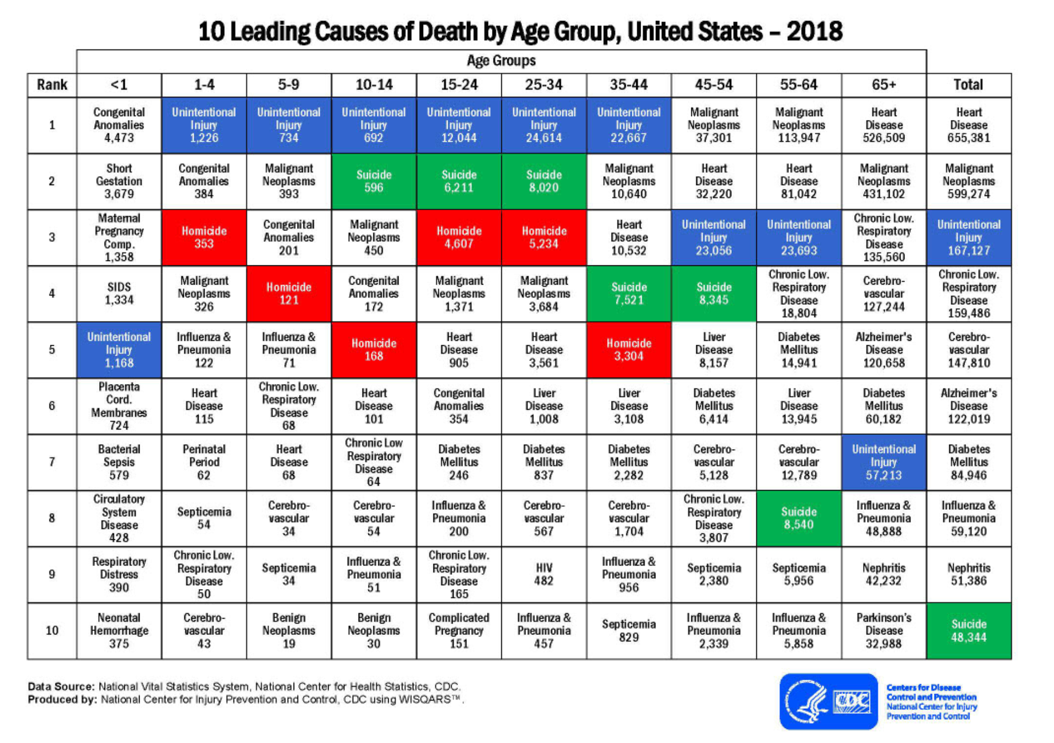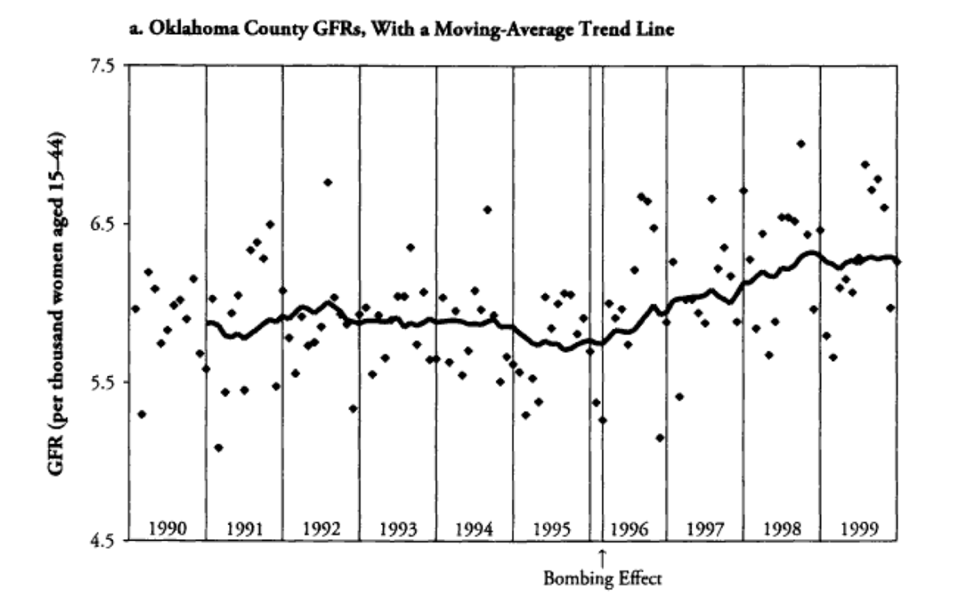 Covering COVID-19 is a daily Poynter briefing about journalism and coronavirus, written by senior faculty Al Tompkins. Sign up here to have it delivered to your inbox every weekday morning.
Covering COVID-19 is a daily Poynter briefing about journalism and coronavirus, written by senior faculty Al Tompkins. Sign up here to have it delivered to your inbox every weekday morning.
This week, Smithfield Foods in Sioux Falls, South Dakota, said it was shutting down its pork production facility because workers at the plant tested positive for COVID-19 and are linked to 238 cases in the community. One plant and one company may not seem like much, but this one outlet produces up to 5% of all American pork. Smithfield said it is “the number one U.S. producer of packaged meats.”
The plant intended to be closed for a few days, but South Dakota’s governor ordered it closed for two weeks. That’s 3,700 workers off the production line. Now, Smithfield CEO Kenneth Sullivan said, “It is impossible to keep our grocery stores stocked if our plants are not running.” He added that the nation’s meat supply is “perilously close” to the edge.
He said this because Smithfield is not the only meat plant to close or cut production.
Tyson Foods suspended production at an Iowa pork plant and said it was due to, “more than two dozen cases of COVID-19 involving team members at the facility. In an effort to minimize the impact on our overall production, we’re diverting the livestock supply originally scheduled for delivery to Columbus Junction to some of our other pork plants in the region.”
National Beef Packing also suspended operations in Iowa.
Will we see meat-hoarding like we saw when toilet paper became scarce? The difference is that meat is a lot harder to store than paper products. It is also more expensive, and there are plentiful and affordable alternatives — whereas with toilet paper, not so much.
Historic drops for cattle and hog farmers
Cattle prices have fallen to the lowest in a decade. Hog prices have declined to the lowest price in 18 years, according to investment news site SeekingAlpha.
Progressive Farmer reported the dramatic declines in prices: Cattle are down 25% in the last month, while pork prices dropped 39% in just two weeks.
One reason that prices are so low is that nobody knows how much meat people will want in the coming months. The peak season for beef and pork consumption is “grilling season.” But with restaurants closed or only offering takeout, who knows how much home-grilling will make up for what people would normally buy at restaurants.
Seeking Alpha reported:
The peak season for demand in the animal protein sector is now under two months away. The Memorial Day Weekend in the United States marks the unofficial start of the summer season, which is the time when many people take their barbecues out of storage. From the Memorial Day weekend through the Labor Day holiday in early September, the aroma of steaks, burgers, hotdogs, ribs, and other proteins fill the air as they sizzle on grills. The uncertainty over the spread of coronavirus into the summer months, and the potential for a continuation of social distancing, is likely to mean fewer summer barbecues and less demand for beef and pork. Therefore, prices currently reflect the poor prospects for demand and high levels of supplies going into what has been the peak season in past years.
Will there be a post-quarantine baby boom?
The short answer is probably not. I have seen a fair amount of speculation that since people are cooped up, we will see a late 2020/early 2021 increase in births. But the birthrate in the U.S. has been in steady decline since the 2008 recession and demographers said that a pandemic is not the kind of event that encourages couples to say, “What a great time to have a baby.”
Alan Yuhas at The New York Times reported:
“Many people in childbearing ages were already worried about their futures, and now they may face unemployment as well,” said Jennifer Johnson-Hanks, a sociology professor at the University of California. “That kind of anxiety is not conducive to having a child.”
In contrast, the original baby boom, between 1946 and 1964, took place in an era of postwar euphoria and financial stability for many Americans. Couples married young, could afford homes and had children quickly. And it was not until 1960 that the federal government approved the first birth control pill.
This notion of events like power outages and winter storms creating baby booms may have roots in the New York City blackout of 1965. There were reports of a great boom in births nine months later but a University of North Carolina researcher found it was all wrong. The research found that there was nothing remarkable at all about New York City’s 1966 birthrate compared to other years. In fact, some researchers call the whole “blackout baby boom” speculation an urban legend.
Rick Evans, a computational social scientist at the University of Chicago, said in a Washington Post commentary that at most we might see a “baby blip,” not a “baby boom.”
Evans said he and his fellow researchers have found that whether there is a baby boom or not after a big event depends on the nature of the event. He studied hurricanes on the East Coast, for example, and found that a low-level storm that makes the lights flicker is way different from a hurricane that causes evacuations. Evans wrote:
For low-level storm advisories such as tropical storm watches, we measured a positive and statistically significant effect on births nine months later. An extra 24 hours of tropical storm watch advisory resulted in a 2% increase in births. This is evidence of the old New York City blackout hypothesis: When the lights go out, stores are closed and TVs are off, we make more babies.
On the flip side, we also found that an extra 24 hours of the most severe advisory — hurricane warning — resulted in a 2% decline in births. You can’t make babies if you’re running for your life. As catastrophic advisories went from less severe to more severe, the effect of births went from positive to negative. However, even at both extremes, a 2% change in monthly births in the average county is equivalent to only one or two extra (or fewer) births — a change that could easily go unnoticed.
One of the more remarkable birthrate increases in modern times came in the county around Oklahoma City after the April 1995 bombing at the federal courthouse there. Researchers at the University of Oklahoma found that beginning nine months after the bombing, Oklahoma County (where Oklahoma City is the county seat) saw a substantial increase in births.
The researchers compared that to a decade of data. And, keeping in mind the bombing happened in April, if you go out nine and a half months from, say May or June, you do not see as much of an increase. The increase happened nine months from the April bombing.
Three theories for why births might go up after tragedy
This is a bit darker of a theory that emerges from tragedy, but I found it fascinating.
- Psychologists said they discovered one possible reason for a birthrate increase after a tragedy is due to what they call “the replacement/insurance theory.” The notion goes that when there is a loss of life, especially a loss of children, then parents have more children as a response.
- Another theory for birth booms after a tragedy is, because things are going better, parents feel they are in a safe place and it is time to raise a family. Experts call this the “community influence theory.”
- A third theory behind birth booms following tragedy is called the “terror management theory,” and it follows the notion that tragedy makes us recognize our own mortality and we respond by starting a new generation.
Is COVID-19 now the ‘leading cause of death’ in America?
The answer again is “no.” Even with the tremendous loss of life so far from the coronavirus, it is nowhere near the leading cause of death in America.
The two leading causes of death in the U.S. were and still are cancer and heart disease. The Centers for Disease Control and Prevention said if you use their latest data, in “January and April in 2018, more than 234,000 people in the United States died of heart disease and nearly 199,000 died of cancer and it is more pronounced as we age.”
 I guess the lesson in this data is while we try to stay safer-at-home and wash our hands, we have to keep an eye on the other things that affect our health, too.
I guess the lesson in this data is while we try to stay safer-at-home and wash our hands, we have to keep an eye on the other things that affect our health, too.
Will fans attend sports events without a vaccine?
It is now becoming clearer that any recovery from COVID-19 will be in ups and downs and not a quick switch from emergency to normalcy.
The Sharkey Institute within Seton Hall University’s Stillman School of Business announced the findings of its Seton Hall Sports Poll and the results are sobering.
The study found:
Asked what they would do if the leagues resumed play before the development of a vaccine, 72% of Americans said they would not attend games, with 12% saying they would if social distancing could be maintained. Only 13% said they would feel safe attending as in the past. Among sports fans the number drops to a still significant 61%.
Medical experts have repeatedly put the timeline for approval of a vaccine into 2021, although they have not ruled out an existing drug proving effective for treatment this year. 74% of Americans thought it was possible, likely or very likely that sports would be canceled for the rest of this year.
As we have been hearing from experts, in the best-case scenario, a vaccine is a year away.
76% of fans surveyed said they would watch NFL games on TV if there were no fans present at the stadium. And horse racing has continued without fans present. Both The Louisiana Derby and Florida Derby ran without track bystanders and this past weekend racing continued at a number of North American tracks.
How we work now: Hail the photojournalists!
I hope you saw the work that Nicholas Kristof produced for The New York Times, with a look inside the Jack D. Weiler Hospital in the Bronx, featuring video by Alexander Stockton, Zach Goldbaum and Michael Kirby Smith. It is a reminder of why journalists offer first-person reporting from wars and catastrophes — the truth does not live in press conferences. Kristof offered a post on Instagram that I want to amplify.
God bless you, every one.
We’ll be back tomorrow with a new edition of Covering COVID-19. Sign up here to get it delivered right to your inbox.
Al Tompkins is senior faculty at Poynter. He can be reached at atompkins@poynter.org or on Twitter, @atompkins.









It seems to me that the prices will only rise. I’ve spoken to people from Europe in COVID-19 chat in Utopia p2p and they told that goods of first need are getting more and more expensive. So I don’t think that any prices can get lower. Anyway, we’ll see.